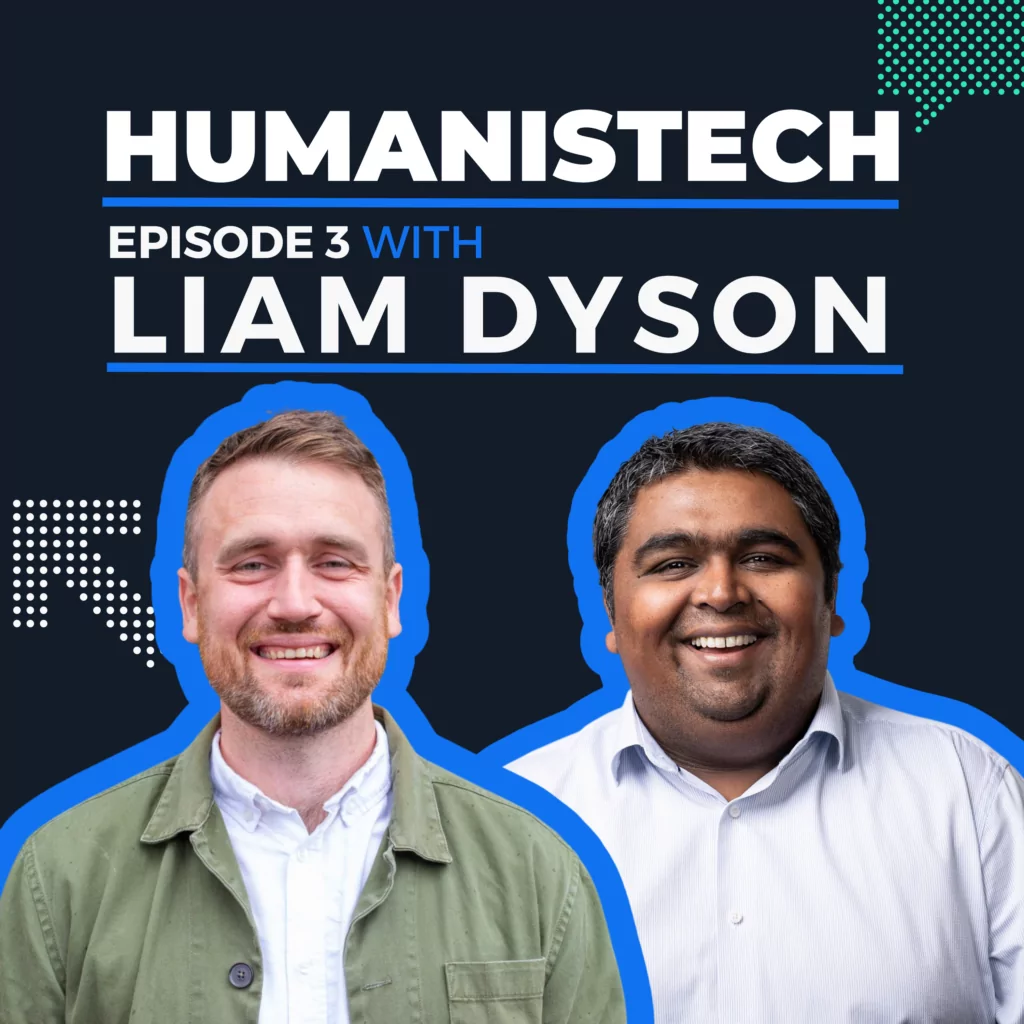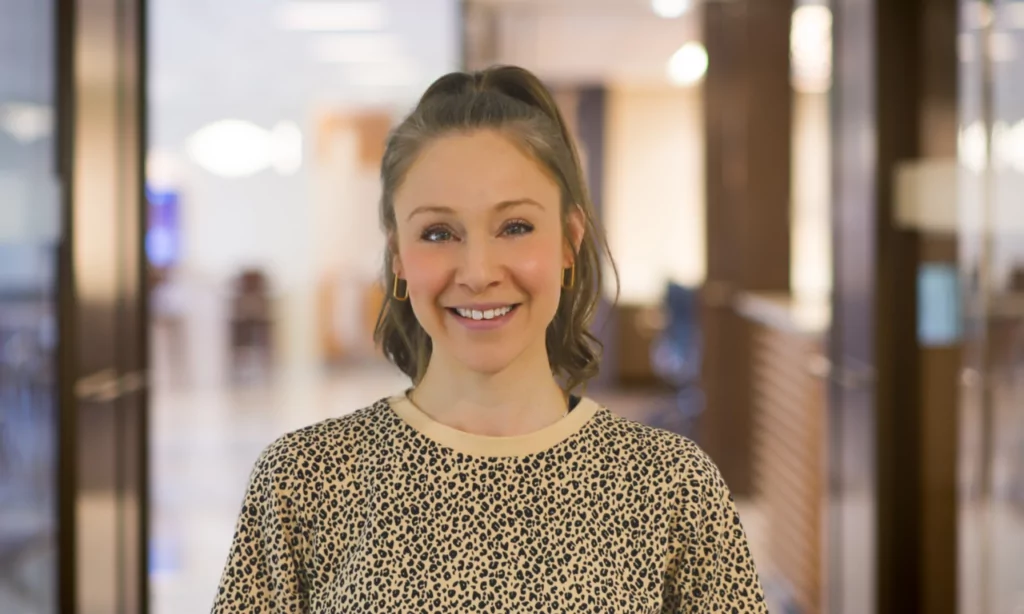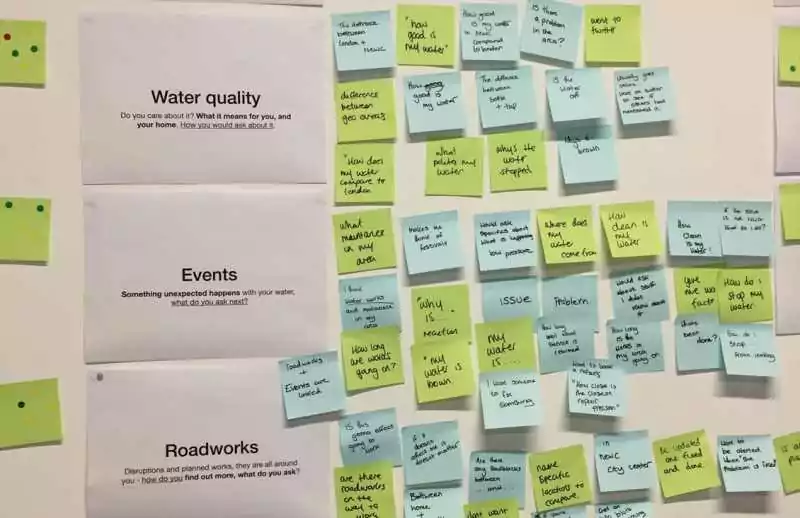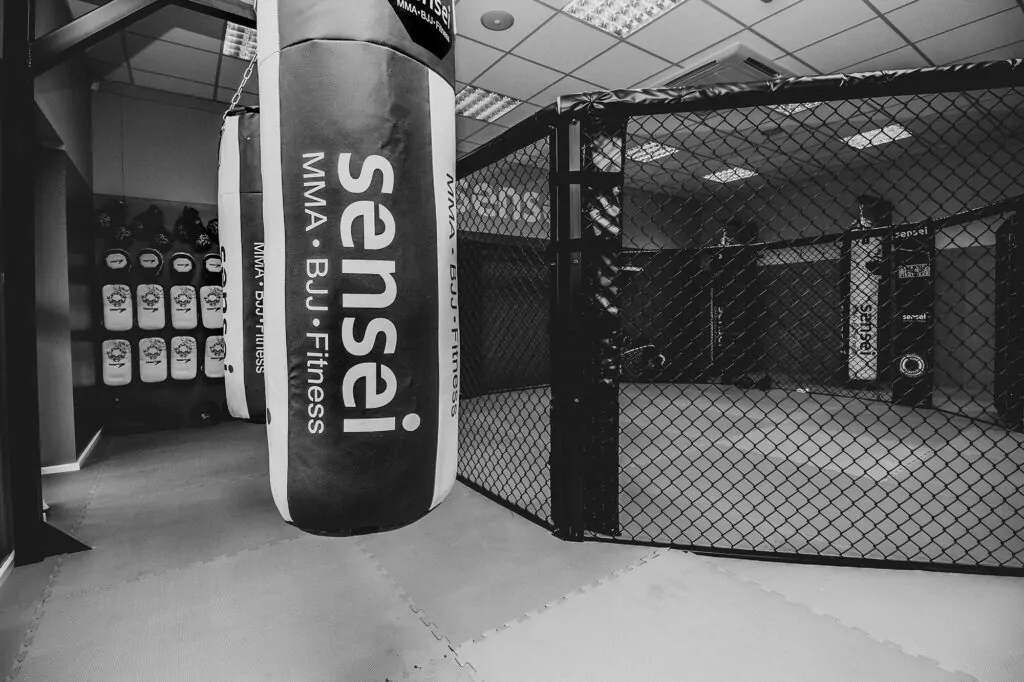Northumbrian Water approached hedgehog lab‚ along with local companies Vector 76‚ Gospelware and SGP to participate in a 5 day design sprint. We were nominated to run the design sprint and lead the UX and design side of the sprint‚ with the other guys focusing more on their core specialties that included existing database feasibility & innovation‚ and Augmented reality / Virtual Reality technologies.
At the moment‚ unlike gas and electricity supply‚ you have little choice where you buy your water from / your supplier. However this all changes in 2017 when water supply is to be deregulated and you can buy it from anyone you like. Therefore open competition‚ which has never before been an issue is now a major taking point amongst the big water companies. Energy companies have seen huge rises in innovative thinking and customer relations in the past 5 years‚ and it’s time for the water companies to up their game and follow suit.
Our brief was to consider the future of the digital bill experience for household customers and tier 2 and tier 3 SME businesses.
We invited everyone involved to our UK design & workshop space in our Newcastle HQ to get things started.
![[object Object] [object Object]](http://images.ctfassets.net/o6514hijae09/lPfkVfNdZsdtzttRghXK1/23f6e7a30096270852a88804d0400d47/workshop_space.jpg)
What is a Design Sprint?
The 5 day design sprint is a methodology originated by Google Ventures‚ who have fine tuned the process and now deploy them on a regular basis with businesses who come to them with design challenges. It’s a short and snappy way to get tangible‚ tested solutions to real problems quickly. Each of the 5 days is used to work through specific tasks. And on the final day the solution is demoed and tested and we monitor and collect feedback from end users and staff from within the business.
Day 1 – Understanding the Problem
![[object Object] [object Object]](http://images.ctfassets.net/o6514hijae09/Blhv6eejMGZMyvulUDDLV/672463c123526fddc799cd6b9a9a81ea/FullSizeRender.jpg)
![[object Object] [object Object]](http://images.ctfassets.net/o6514hijae09/3vkETKcFV6nQznTIaFAGsP/10fb9063b9f742db1c9d9e10b4e62510/IMG_5479.jpg)
On the first day we gathered information from the following:
-
Core focus groups
-
People from the call centres who get 5000 calls a day from existing customers
-
The managers who deal with the current system architecture
We were by no means experts in water billing systems at this stage‚ so it was imperative we spoke to the people on the front line. It was also crucial to hear genuine pain-points raised by the focus groups themselves.
With the information fresh in our heads we grabbed a pack of post it notes and split up all of the problems into household‚ non-household and shared issues (there were a lot).
Day 2 – Explore
Day 2 is all about coming up with as many ideas as possible which could address the problems derived in the previous phase. We try not to hold back on anything on day 2‚ No idea is a bad idea – often the most crazy ideas have an element which can be used in some way or another.
![[object Object] [object Object]](http://images.ctfassets.net/o6514hijae09/Sy01sSyv1rEX2uMM0aU0x/ceaabd4e9c891ee76ca81756247f59f5/IMG_5524-small.jpg)
We decided that ‘crazy eights’ would be a good way to get ideas down for each problem quickly and effectively. We each grabbed a piece of paper‚ folded it up into eight segments and grabbed a sharpie. We all focused on a specific problem area and spent 5 minutes sketching out 8 ideas.
After we had covered all of the problems‚ we stuck all of our ideas up on the wall and categorised them. We then simply took sticky dots and stuck them next to the ideas and features we felt had most value. This enabled us to create a quick and efficient heat map of key features.
Day 3 – Focus
Day 3 is where we pull all of the best features out from the previous day‚ drill down and focus on what is going to be built the following day as prototypes.
![[object Object] [object Object]](http://images.ctfassets.net/o6514hijae09/NLe1Y3qcRHHCms032zChc/dc2314138ef12ef8cca1644ddb9466c7/IMG_5496.jpg)
![[object Object] [object Object]](http://images.ctfassets.net/o6514hijae09/6u99yje1abWExGjcAnuqMm/d77fa6ec5650112be02be613f4779784/wall_designs_nwl_design_sprint_a_2015.jpg)
We did this by discussing the ideas we liked the most from the previous days crazy eights exercise. We then sketched out these ideas in more detail in a storyboard format and discussed the features we should emphasise in each prototype interface.
Following this‚ we held quick 5 minute elevator pitches to the wider group in order to showcase our ideas and gain instant feedback. This evoked lots of discussion as to what made the cut‚ but we needed to be pragmatic and ruthless allowing us to boil ideas down so we had a much clearer idea of what we were going to be delivering the following day.
Day 4 – Prototype
We had one full day to design three systems and create three prototype demos‚ let’s just say copious amounts of donuts and coffee were consumed that (very long) day.
![[object Object] [object Object]](http://images.ctfassets.net/o6514hijae09/7BRkqWggdI5V63dZ32CSA4/b2142d20f103b4e88b7551fa155d5d07/Untitled-1.jpg)
The prototype for the household users was to be very interactive‚ so we decided to use Proto.io to prototype this particular interface. This allowed us to animate the interface and make it feel like a much more polished native app like product. This took a lot more effort but we felt it was worth the extra few hours of work.
For the non-household interface we opted for a simpler click-through approach so we used Keynote to pull together the prototype.
Tools used :• Keynote• Proto io• Sketchapp• Adobe Illustrator
Day 5 – Test & Learn
Day 5 of the design sprint was the day we cleared away all of the left over snacks‚ marker pens and flip-charts and invited in multiple key stakeholders and board members of Northumbrian Water to learn about and get hands on with what we had created.
![[object Object] [object Object]](http://images.ctfassets.net/o6514hijae09/1ryDfwxnUW6pfzxo7qXfZB/f8abc5ca569b684d4b8c0e452428612e/s2_nwl_design_sprint_2015_g.jpg)
What did we actually create?
We designed three concepts‚ these were:
-
A dashboard interface with analytical and recommendation tools for business owners.
-
An iPad app for household customers to increase brand loyalty‚ drive community engagement and to educate users.
-
An augmented reality app to bring the printed bill experience to life‚ and illustrate the volume of water usage of a typical household.
The test group participated in an introductory presentation‚ outlining the issues we are solving and why and how the design sprint works. We then took everybody around to each of the 3 workshop demo areas and presented them with the concepts.
After much discussion and feedback we undertook the simple sticky dot heat map exercise again‚ and asked all of the visitors to stick the dots on their most valuable elements of the interface.
This allows us to gain good knowledge and understanding of what they liked and dis-liked for future reference‚ and feedback for next stages.
![[object Object] [object Object]](http://images.ctfassets.net/o6514hijae09/5k8BBiY8qCI01lu7DaGyiw/69569116bc037bca7ffbdbea119f3d9c/s2_nwl_design_sprint_2015_l.jpg)
Undertaking design sprints like these allows us to un-earth tangible solutions for problems quickly and effectively. Many of the guests commented that if they had to have done this internally‚ using existing formats it would have taken months to get to this stage‚ which really highlights the beauty and value of the 5 day design sprint.
It was then time to take a deep breath‚ finish the remaining bottles of wine and start thinking about the next stages!
![[object Object] [object Object]](http://images.ctfassets.net/o6514hijae09/25VbUnH2H3Q8POgHe9ypZn/bfd66c75cdb8e807c2cd9b0057967fe8/s2_nwl_design_sprint_2015_p.jpg)
“Northumbrian Water were delighted with the concepts the team came up with‚ and really hadn’t expected the prototypes to be so well developed. It just shows what can be achieved in a short space of time when you have creative people and a well-defined process for them to follow”
Paul Sutherland | Coordinator – ADD Strategy on behalf of Northumbrian Water.





